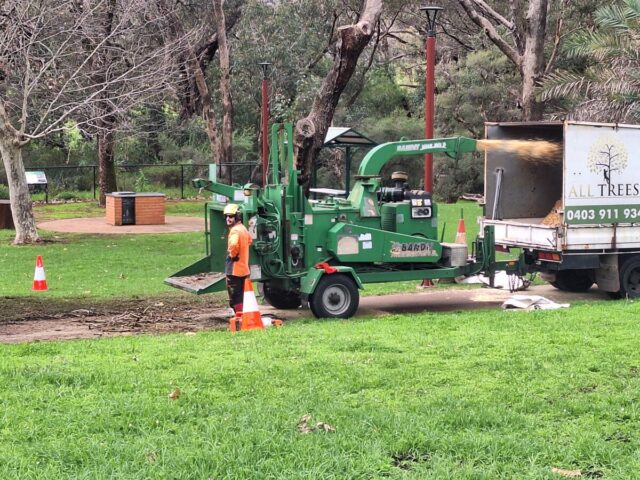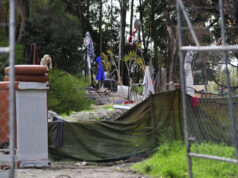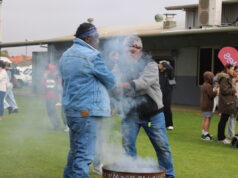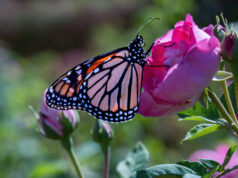Three infested flame trees in Kelmscott’s Rushton Park were sacrificed to the woodchipper on Friday to stem the spread of polyphagous shot-hole borer (PSHB) in the City of Armadale.
The Department of Primary Industry and Regional Development (DPIRD) said the trees were confirmed to be infested “via molecular testing” in June, and destroying the trees was the only solution to halting the steady march of the borers.
“There are no known treatments available in the world and pruning or removing infested trees is currently the only way to prevent this pest from spreading to other healthy trees,” a DPIRD spokesperson said.
“DPIRD recognises the significant value of trees to individuals and the community. Unfortunately, tree pruning or removal is necessary to stop the spread – removing some trees will help save many.
“If left untreated, international evidence shows that PSHB could significantly impact our urban tree canopies.”
In WA, the three top host trees for the beetle are box elder maple, robinia and flame trees (also called common coral trees).
The infested flame trees (Erythrina x sykesii) in Rushton Park were like chocolate for the borers.
Thankfully, there were “no further confirmed detections of PSHB in the area”, with the spokesperson for DPIRD explaining that the surrounding Australian natives are the beetles’ equivalent of Brussels sprouts.
But there is still a heightened risk of the borers spreading further along the Canning River.
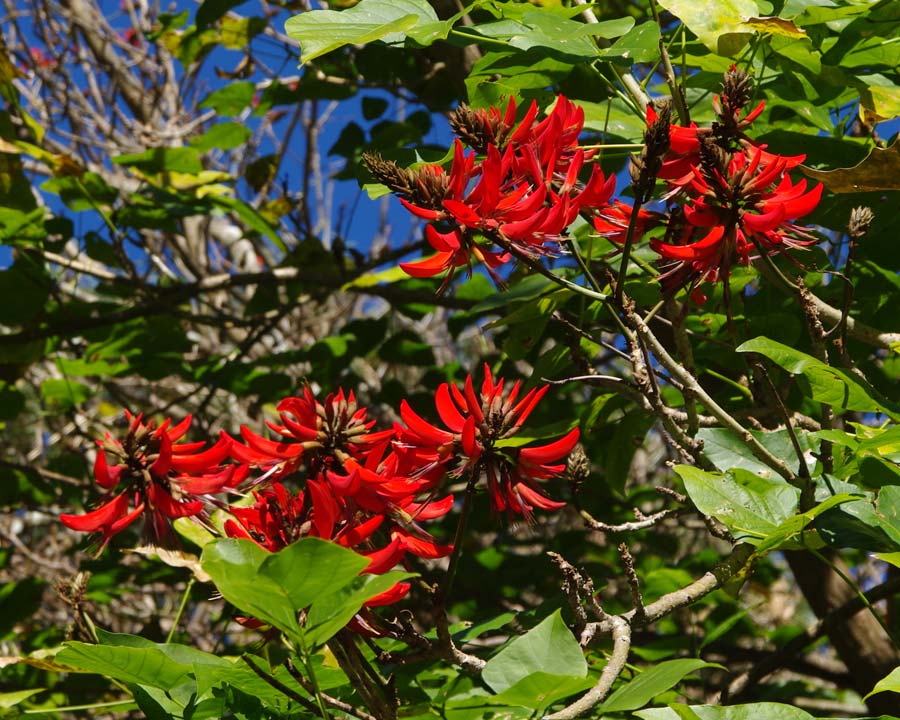
Unfortunately, flame trees have a habit of popping up unwantedly along river banks; they propagate very efficiently through cuttings, stumps and broken limbs that wash down along waterways during heavy rains.
In many parts of NSW, they are regarded as a pest species. And they are known to grow voraciously along creek and river beds between Perth and Bunbury.
DPIRD has said that “ongoing surveillance by DPIRD officers will continue across the City of Armadale and along the Canning River, supported by 42 sticky traps deployed in the local government area”.
The traps contain a sticky yellow lure laced with Querciverol, an aggregation pheromone that attracts PSHB beetles. The traps are protected in a cage to prevent trapping birds, microbats, and rodents etc.
DPIRD is encouraging the community to be on the lookout for PSHB damage and to report observations via the department’s MyPestGuide® Reporter app or via the Pest and Disease Information Service on 9368 3080, padis@dpird.wa.gov.au


